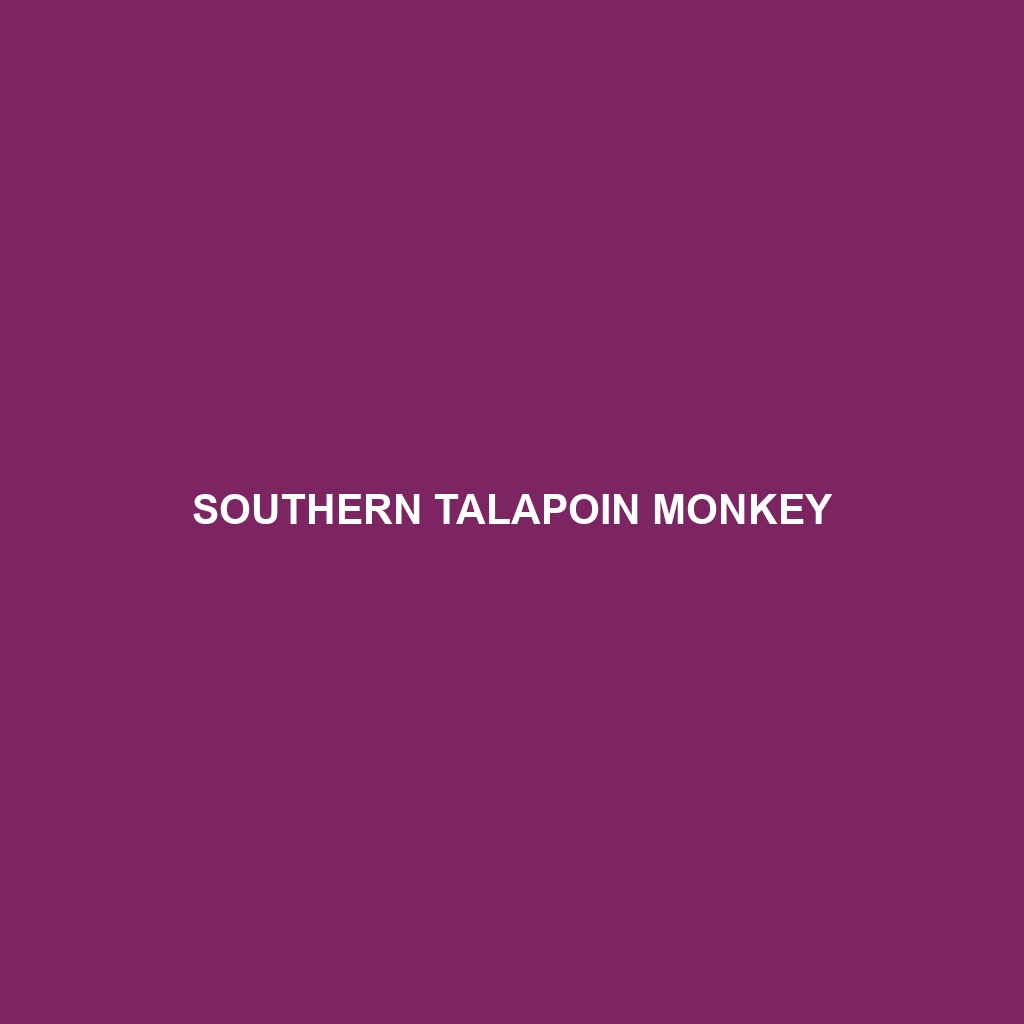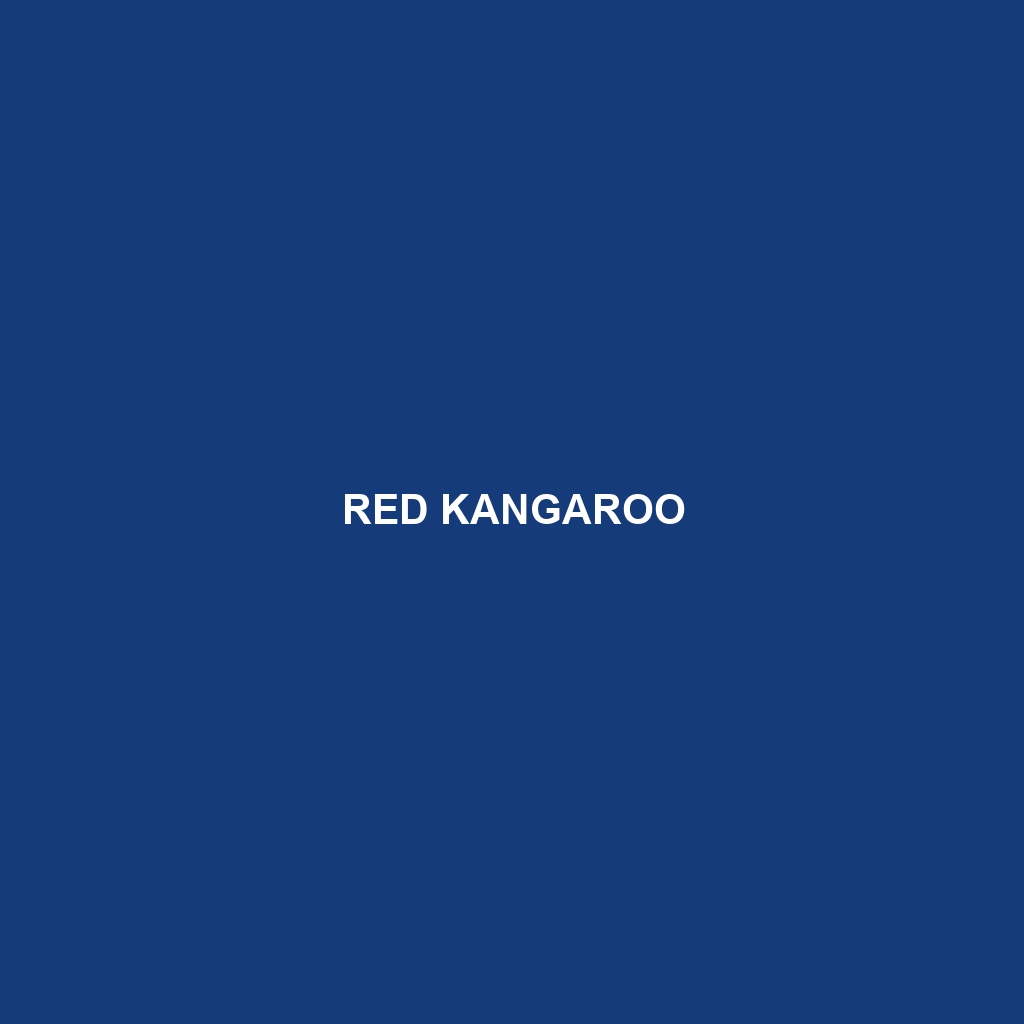Discover the captivating world of the Southern Talapoin Monkey (Miopithecus talapoin), one of the smallest Old World monkeys, known for their striking coloration and agile behavior. Native to the lush forests of Central Africa, these highly social primates play a vital role in their ecosystems as seed dispersers and insect predators. Learn about their unique adaptations, intricate social structures, and the conservation challenges they face in this detailed overview.
Tag: social animals
Putty-nosed Monkey
Discover the fascinating world of the Putty-nosed Monkey (Cercopithecus nictitans), an arboreal primate renowned for its striking white-nosed features and complex social structures. Found in the lush forests of Central and West Africa, these monkeys play a critical role in their ecosystem through seed dispersal and are known for their intricate vocalizations and social behaviors. Dive into this detailed exploration of their physical traits, ecological significance, and conservation status to better appreciate this captivating species.
Krefft’s Glider
Discover the enchanting world of Krefft's Glider (Petaurus notatus), a small, nocturnal marsupial celebrated for its extraordinary gliding abilities and social behaviors. Native to Australia and New Guinea, these remarkable creatures play a crucial role in their ecosystems as pollinators and seed dispersers, while their unique adaptations, such as a gliding membrane and keen nocturnal vision, enhance their survival in forested habitats. Learn more about their physical characteristics, behaviors, and conservation status in our comprehensive overview.
Yellow-bellied Glider
Discover the fascinating Yellow-bellied Glider (Petaurus australis), a remarkable marsupial native to the forests of eastern Australia. With its striking yellowish underbelly and impressive gliding abilities, this nocturnal creature plays a vital role in its ecosystem, feeding on tree sap and nectar while navigating the night sky with precision. Learn about its social behaviors, habitat preferences, and the conservation efforts necessary to protect this extraordinary species.
Red Kangaroo
Discover the majestic Red Kangaroo (Macropus rufus), the world's largest marsupial, celebrated for its powerful hind legs and distinctive hopping gait across the Australian outback. With their impressive height, social behaviors, and unique adaptations, these iconic creatures play a vital role in their ecosystems while exemplifying the resilience of Australia's unique wildlife. Explore their fascinating characteristics, from coloration and habitat preference to their remarkable reproductive system and longevity.
Quokka
Discover the charm of the quokka, often dubbed the "happiest animal on Earth," renowned for its cheerful expression and friendly demeanor. Native to Western Australia's Rottnest Island, these small marsupials are social herbivores that play a crucial ecological role. Learn about their unique adaptations, habitat, and conservation efforts to protect this lovable species from emerging threats.
Antilopine Wallaroo
Discover the Antilopine Wallaroo (Macropus antilopinus), a captivating kangaroo species native to northern Australia. With its distinctive reddish-tan coat, social behaviors, and vital role in maintaining grassland ecosystems, this remarkable animal showcases the rich biodiversity of Australia. Learn about its unique adaptations, feeding habits, and conservation status in our comprehensive guide.
Toolache Wallaby
Discover the story of the Toolache Wallaby (Macropus greyi), a once-thriving species that roamed the grasslands of southeastern Australia before its extinction in the early 20th century. Known for its graceful movements and social behavior, this medium-sized marsupial played a vital role in its ecosystem, highlighting the importance of conservation efforts today. Learn how the legacy of the Toolache Wallaby continues to inspire biodiversity initiatives and the protection of vulnerable species.
Lesser Cane Rat
Discover the fascinating world of the Lesser Cane Rat, a rodent native to the wetlands and grasslands of Western and Central Africa. With its distinctive brownish-gray fur, social behavior, and herbivorous diet, this adaptable creature plays a crucial role in its ecosystem while facing threats from habitat loss and hunting. Learn more about its physical characteristics, reproductive habits, and importance in local cultures in our latest blog post.
Whyte’s Mole-rat
Explore the fascinating world of Whyte's Mole-rat (<i>Cryptomys whytei</i>), a social rodent native to the savannas of southern Africa. With their complex burrowing systems, cooperative breeding behaviors, and vital role in soil aeration, these vulnerable creatures are essential for maintaining ecological balance while facing threats from habitat loss. Discover their unique adaptations and the importance of conservation efforts in safeguarding their future.









